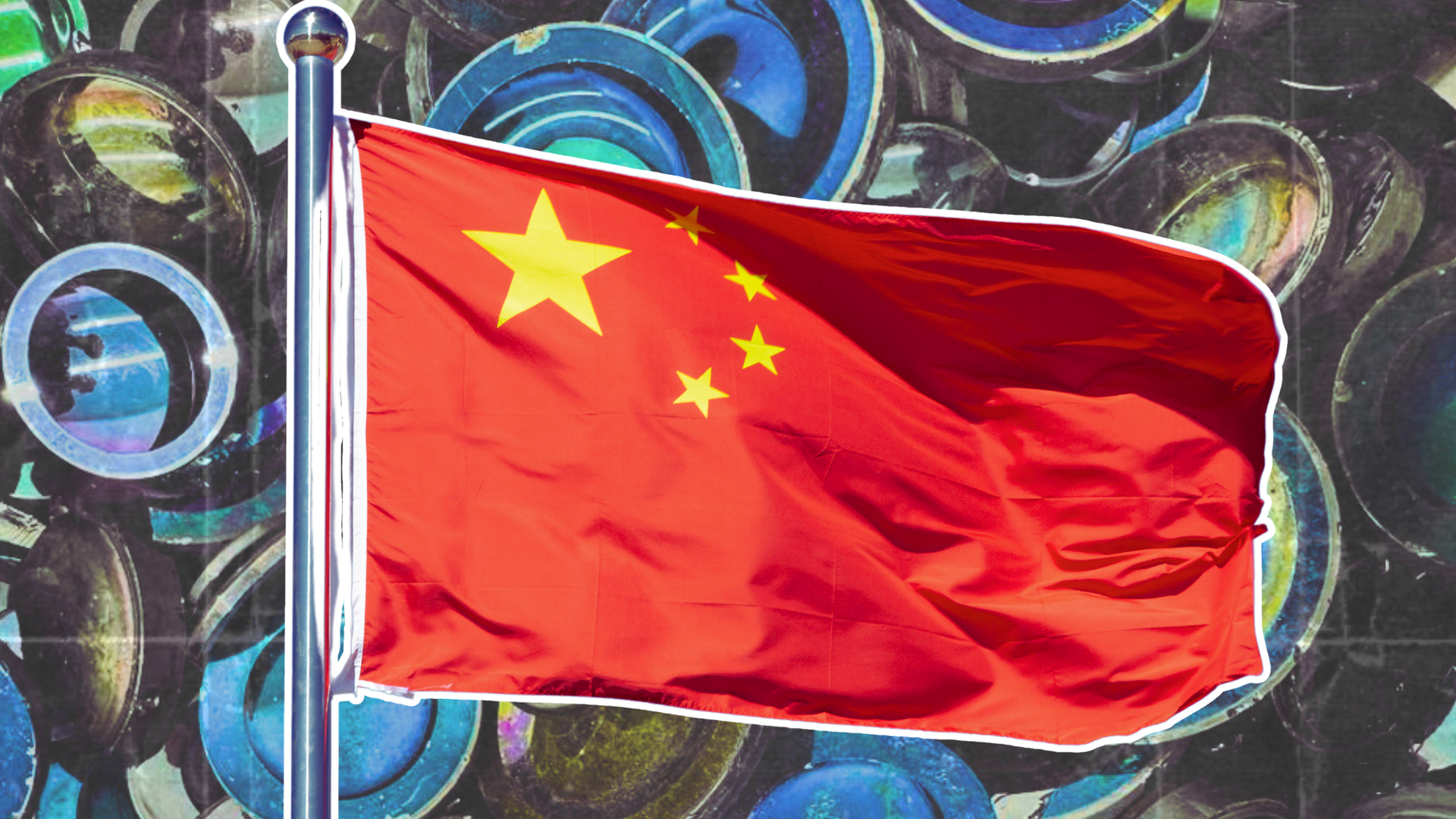

On February 4, 2025, China announced new export controls on tungsten and four other critical metals molybdenum, tellurium, bismuth, and indium marking a significant escalation in the ongoing trade war with the United States. The move came just minutes after U.S. President Donald Trump imposed a blanket 10% tariff on all Chinese goods, signaling Beijing’s strategic retaliation.
Tungsten is a rare, ultra-hard metal with one of the highest melting points of any element. It is widely used in defense, aviation, and high-tech industries. The metal plays a crucial role in manufacturing armor-piercing missiles, artillery shells, engine parts, and cutting tools. Additionally, it is vital for the semiconductor industry, where tungsten wire is used to slice silicon ingots into wafers.
China is the world's leading producer of tungsten, responsible for approximately 80% of global supply. The country not only mines the majority of the world’s tungsten but also controls its refining process, making it indispensable to industries worldwide. The U.S. has not commercially mined tungsten since 2015, relying heavily on imports, with China being a primary supplier. Other producers include Vietnam, Russia, South Korea, and Spain, but their output is relatively small compared to China’s dominance.
The announcement of export controls sent shockwaves through global markets. Lewis Black, CEO of Almonty Industries, a major North American tungsten miner, reported that his customers were in "a state of disbelief" over China’s decision. The company’s stock surged 41% as investors anticipated a supply squeeze.
Black warned that the move is "a warning shot," emphasizing the West's heavy dependence on China for tungsten. He also pointed out that China, Russia, and North Korea collectively control nearly 90% of global tungsten output, leaving little room for Western manufacturers to maneuver.
China has also banned imports of tungsten scrap for years, citing environmental concerns. If Beijing further tightens supply by limiting scrap processing, Western manufacturers could face even greater shortages.
China’s decision to restrict tungsten exports aligns with its broader strategy of leveraging control over critical minerals as an economic and geopolitical tool. This is not the first time Beijing has used its dominance in raw materials to exert pressure previous restrictions on gallium and germanium in 2023, as well as antimony in 2024, resulted in price spikes and global supply chain disruptions.
With tungsten being indispensable for defense applications, China's restrictions could have serious implications for U.S. and allied military capabilities. Washington and its partners have already been working to reduce reliance on Chinese minerals, but alternative sources in Australia, Spain, and South Korea are still years away from producing enough supply to offset China’s control.
As tensions escalate, the key question is how far China is willing to tighten the screws on tungsten exports. If Beijing expands restrictions to tungsten scrap or refines its control over other critical minerals, Western industries could face major supply chain disruptions.
In the wake of these measures, both the U.S. and China have tentatively signaled openness to negotiations. High-level trade representatives from the two nations are reportedly preparing for talks aimed at de-escalating tensions. However, experts caution that reaching a compromise will be challenging. The U.S. may push for eased export controls in exchange for rolling back certain tariffs, but China’s insistence on retaining strategic control over critical minerals and its leverage as the dominant supplier complicates prospects for a swift resolution. Analysts suggest any negotiations would likely focus on establishing emergency mineral trade frameworks or temporary quotas, though Beijing’s long-term goal of resource dominance remains a stumbling block.
Meanwhile, the trade war is no longer just about tariffs it is now a battle over resources essential for modern technology, defense, and economic stability. Whether the U.S. and its allies can secure alternative supplies quickly enough, or diplomatically navigate a détente with China, remains to be seen. For now, industries on both sides of the Pacific brace for prolonged uncertainty as diplomatic efforts unfold alongside urgent efforts to diversify supply chains.
One thing is clear: China’s grip on tungsten is a powerful weapon in this geopolitical standoff, and its next moves whether toward escalation or negotiation will shape the global economic landscape for years to come.
References: